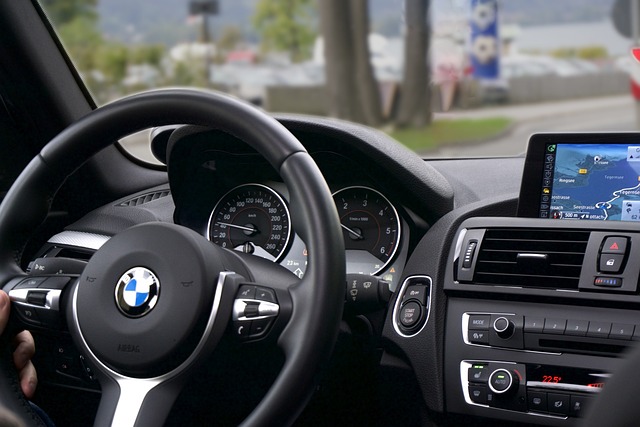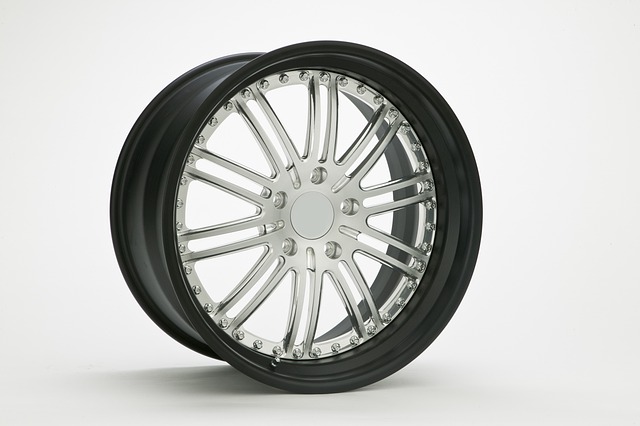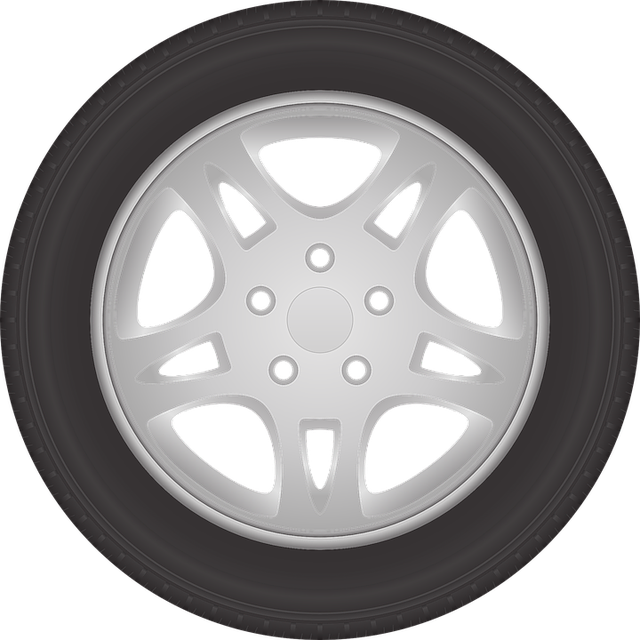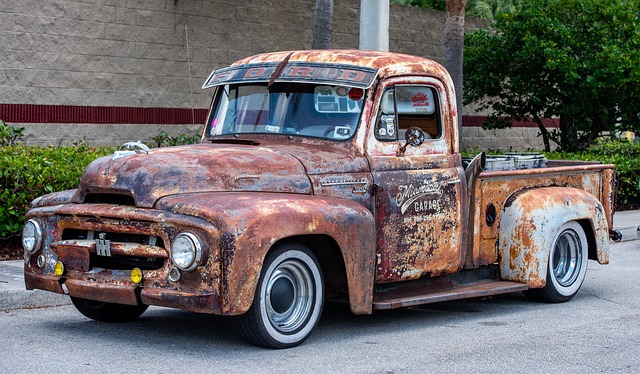Looking to register your car in California? This comprehensive guide walks you through the process step-by-step. First, understand the state’s specific requirements for car registration, including necessary documents and the crucial dmv VIN verification. Then, gather all essential papers and visit your local DMV. Fill out the registration application accurately and pay the fees to secure your vehicle’s official plates. Follow these easy steps to ensure a smooth registration experience in California.
- Understand California Car Registration Requirements
- Gather Necessary Documents for Vehicle Registration
- Visit Your Local DMV for VIN Verification
- Complete the Registration Application Form Accurately
- Pay the Required Registration Fees and Get Your Plate
Understand California Car Registration Requirements

Before registering your car in California, it’s crucial to understand the state’s specific requirements. The California Department of Motor Vehicles (DMV) mandates that all vehicles operating within the state be properly registered and undergo a thorough inspection process. This involves verifying the vehicle identification number (VIN) to ensure its authenticity and history, a step known as DMV VIN verification.
A key aspect of this process is the availability of mobile VIN inspection services. These services, provided by specialized companies, offer convenience by allowing you to get your car’s VIN checked on-site and on your schedule. A mobile vin inspector will use advanced technology to cross-reference your vehicle’s details with state databases, ensuring accuracy and streamlining the registration process.
Gather Necessary Documents for Vehicle Registration

Before you start the registration process, ensure you have all the required documents for a smooth experience. In California, you’ll need to provide proof of ownership, which typically includes the vehicle’s certificate of sale or purchase agreement. Additionally, a valid driver’s license and proof of insurance are mandatory. The DMV (Department of Motor Vehicles) also requires a completed application form for vehicle registration.
One crucial step is to undergo a DMV VIN verification, where the unique Vehicle Identification Number (VIN) is checked against national databases to ensure the car’s history aligns with its age and condition. Alternatively, you can opt for a mobile VIN verification or vin inspection service, which allows for a more convenient process by providing the vehicle’s details remotely.
Visit Your Local DMV for VIN Verification

Before you can register your car in California, you’ll need to ensure that it meets all safety and emissions standards. One crucial step in this process is getting your vehicle’s VIN (Vehicle Identification Number) verified by your local DMV. This involves a simple inspection where the DMV will confirm that your car’s VIN is accurate and matches the information in their records. You can do this during a visit to your nearest California DMV office, where they’ll check the status of your car and ensure it’s compliant with state regulations.
Many people opt for a mobile vin verifier or conduct a vin inspection from home to save time. These services offer convenient alternatives to visiting the DMV, allowing you to quickly verify your vehicle’s VIN before proceeding with registration. Having this done beforehand streamlines the registration process and helps avoid potential delays or issues down the line.
Complete the Registration Application Form Accurately

When preparing to register your car in California, one of the first steps is to complete the Registration Application Form accurately. This form requires detailed information about both you and your vehicle, including accurate details on ownership history, vehicle specifications, and current registration status. Ensure that all data provided is correct and up-to-date, as any discrepancies may lead to delays in processing.
A crucial component of this process involves the DMV VIN verification, where the unique Vehicle Identification Number (VIN) of your car is cross-referenced against state records for validation purposes. To streamline this step, consider using a mobile vin verification service or a vin inspection tool that can quickly and accurately check the VIN against the DMV database. This not only saves time but also helps in avoiding potential errors, making sure your registration application moves smoothly forward.
Pay the Required Registration Fees and Get Your Plate

After completing the necessary paperwork for car registration in California, the next step involves paying the required fees and obtaining your vehicle’s license plate. The California Department of Motor Vehicles (DMV) calculates registration costs based on various factors such as vehicle age and type. You can expect to pay a base fee plus additional charges for emissions testing and other services. Once you’ve settled the dues, it’s time to get your car its unique identifier—the license plate.
The process often involves a trip to a local DMV office where they will verify your vehicle’s Vehicle Identification Number (VIN) using a mobile VIN verifier or a similar tool. This step ensures that your car is safe for registration and road use, aligning with California’s safety standards. After successful verification, you’ll be issued the official license plate, completing your car’s registration process in California.
Registering a car in California is a straightforward process that requires understanding specific requirements and gathering essential documents. By following these steps, including completing a DMV VIN verification, accurately filling out the registration application form, and paying the necessary fees, you’ll have your vehicle licensed and ready to hit the road in no time. Remember to keep your registration up-to-date to avoid any legal issues.
